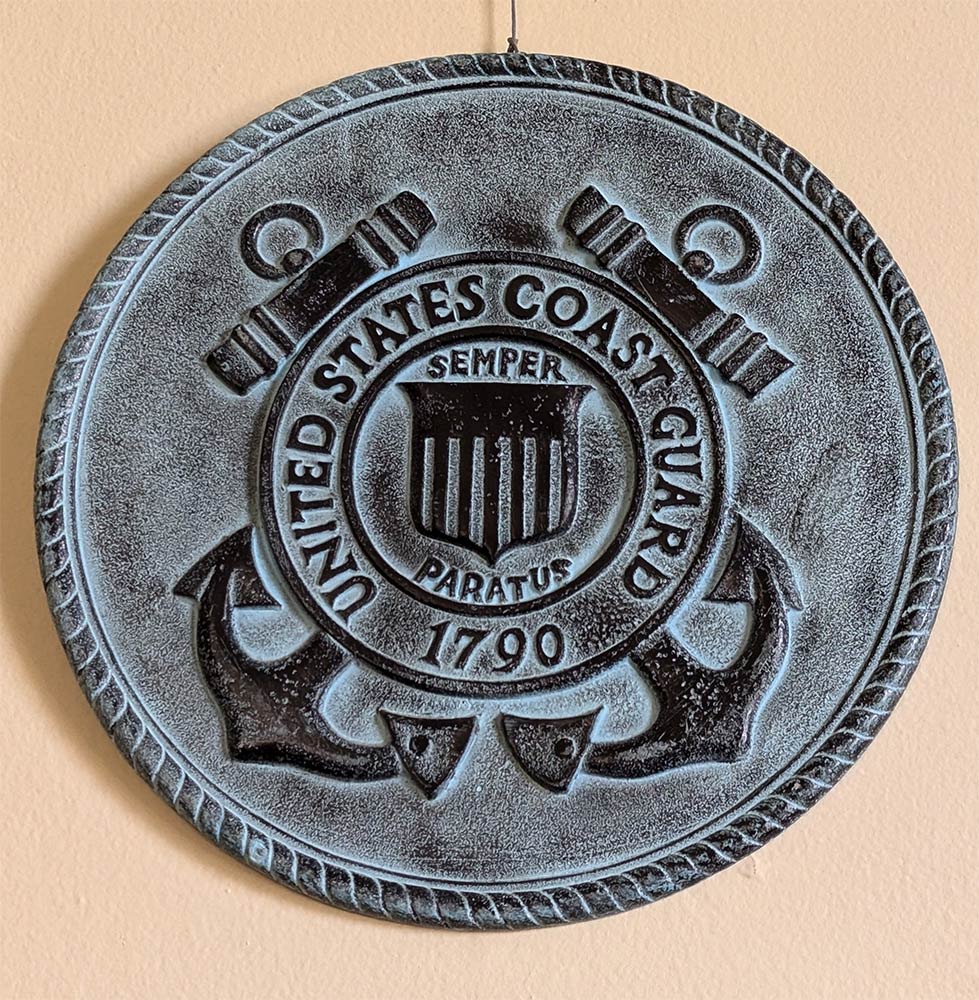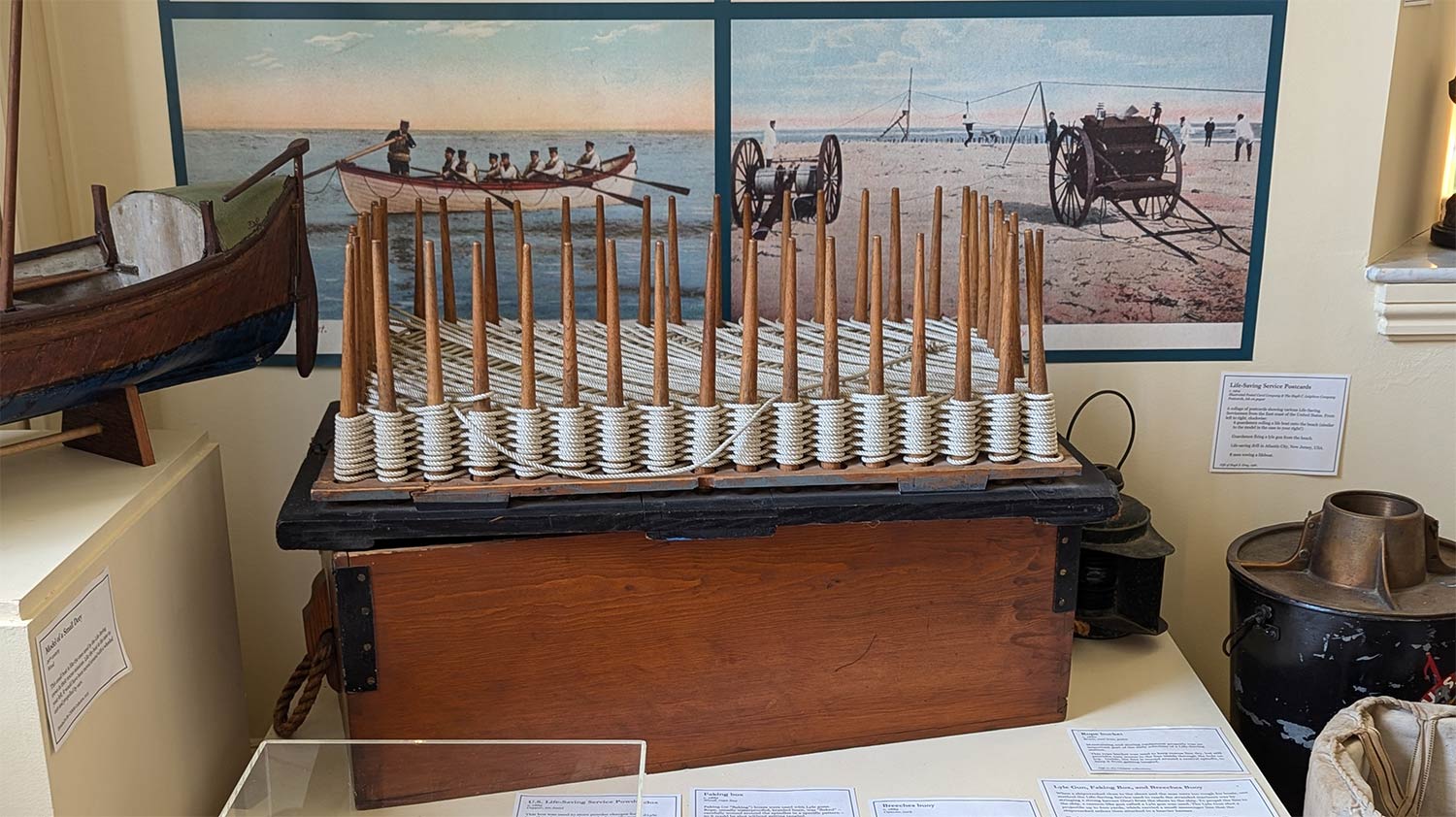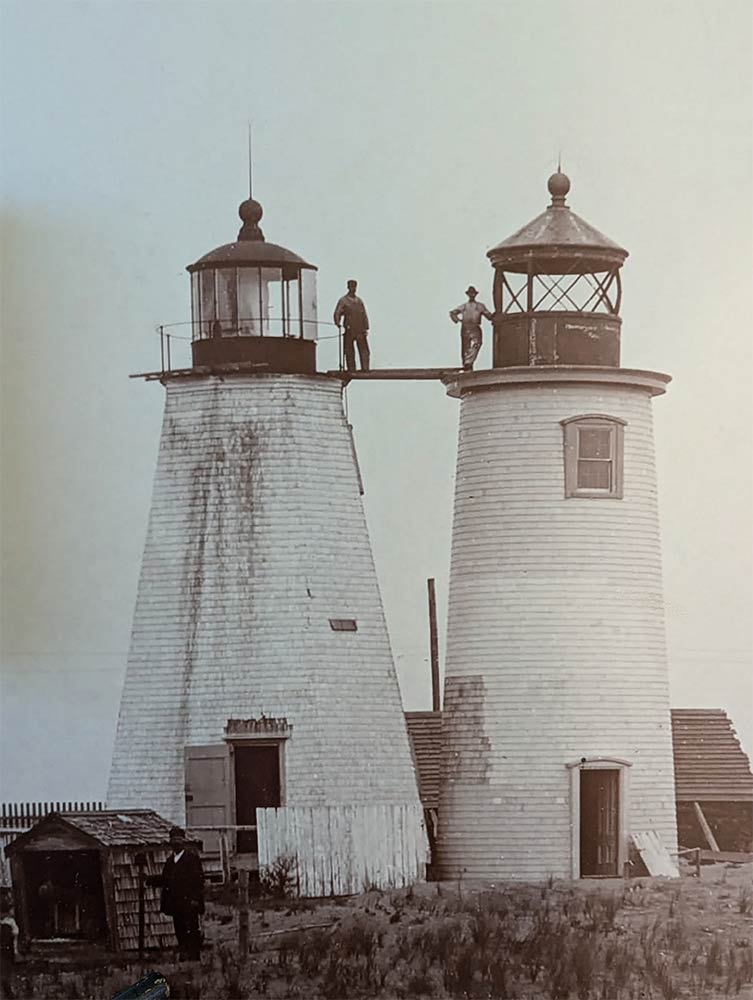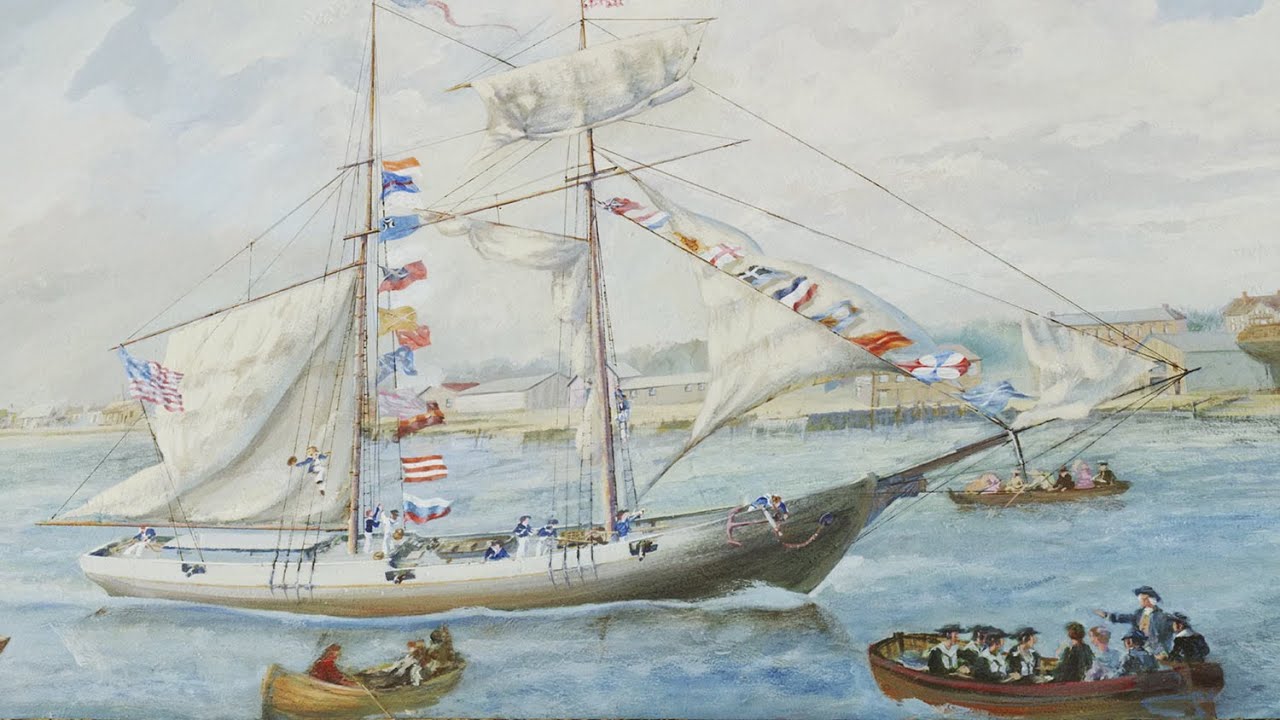U.S. REVENUE CUTTER SERVICE
Established by an Act of Congress on August 4, 1790, authorizing the construction and equipment of cutters to enforce the collection of customs and tonnage duties, the Revenue Cutter Service was supervised by Collectors of Customs from 1791-1871, and was under the administrative control of the Department of the Treasury. Between 10 and 20 cutters at a time were in commission during the Revenue Marine’s first half-century.
The responsibilities of the service went beyond its customs and tonnage duties to include suppression of smuggling, piracy, and the slave trade, the assistance of ships, removal of navigation hazards, enforcement of quarantine regulations, neutrality laws, laws prohibiting the importation of Chinese coolie labor, and after 1867, enforced regulations in Alaska concerning the unauthorized killing of fur-bearing animals, protection of fisheries, as well as firearms, ammunition, and liquor trafficking.
A new Revenue Marine Division, established 1871, became the Revenue Cutter Service by act of July 31, 1894. In 1915 the Revenue Cutter Service merged with the U.S. Life Saving Service to form the U.S. Coast Guard.

U.S. LIFESAVING SERVICE
Founded in 1786, The Humane Society of the Commonwealth of Massachusetts was established to aid ships in distress, and rescue survivors of shipwrecks. The Society maintained lifeboats and rescue stations along the Massachusetts seashore and provided instruction in lifesaving techniques. The first lifeboat station was established at Cohasset, Massachusetts in 1807.
The stations were small shed-like structures, which held rescue equipment used by volunteers in case of a wreck, like a volunteer fire department. By mid-century some of these stations were manned by the U.S. Revenue Marine. In 1841 there were 81 stations along the coastline, and by 1914 there were 279 from Maine to Washington State.
In 1878 the growing network of lifesaving stations was organized as a separate agency of the Treasury Department and named the U.S. Life-Saving Service. In 1915 the Life-saving Service was merged with the U.S. Revenue Cutter Service in the creation of the modern U.S. Coast Guard.

U.S. LIGHTHOUSE SERVICE
On August 7, 1789 the first U.S. Congress passed an Act for the establishment and support of Lighthouses, Beacons, Buoys, and Public Piers. The Act provided “that all expenses which shall accrue… in the necessary support, maintenance and repairs of all lighthouses, beacons, buoys and public piers erected, placed, or sunk before the passing of this act, at the entrance of, or within any bay, inlet, harbor, or port of the United States, for rendering the navigation thereof easy and safe, shall be defrayed out of the treasury of the United States.”
The act stipulated that it fell to the Secretary of the Treasury to provide contracts, rebuild, when necessary, provide supplies, and keep in good repair the lighthouses, beacons, buoys, and public piers of the several states. In 1789 the Secretary of the Treasury was Alexander Hamilton, also the intellectual architect of the U.S. Customs Service.
The local control and responsibility for lighthouses of a given port was assigned to the Collector of Customs.
The United States Light House Establishment (USLHE) became the U.S. Lighthouse Service in 1910 and was integrated into the U.S. Coast Guard in 1939.

Plan Your Visit
Plan Your Visit
- Museum Hours
Sunday: 12 pm - 5 pm
Closed Monday
- Tickets
$8 admission for adults
Free for NBPT residents, kids under 12, and museum members
Cost of admission includes access to the Discovery Center.
- Parking
City parking is available adjacent to the museum. View parking lot directions.

250th Anniversary - American Revolutionary War Newburyport
